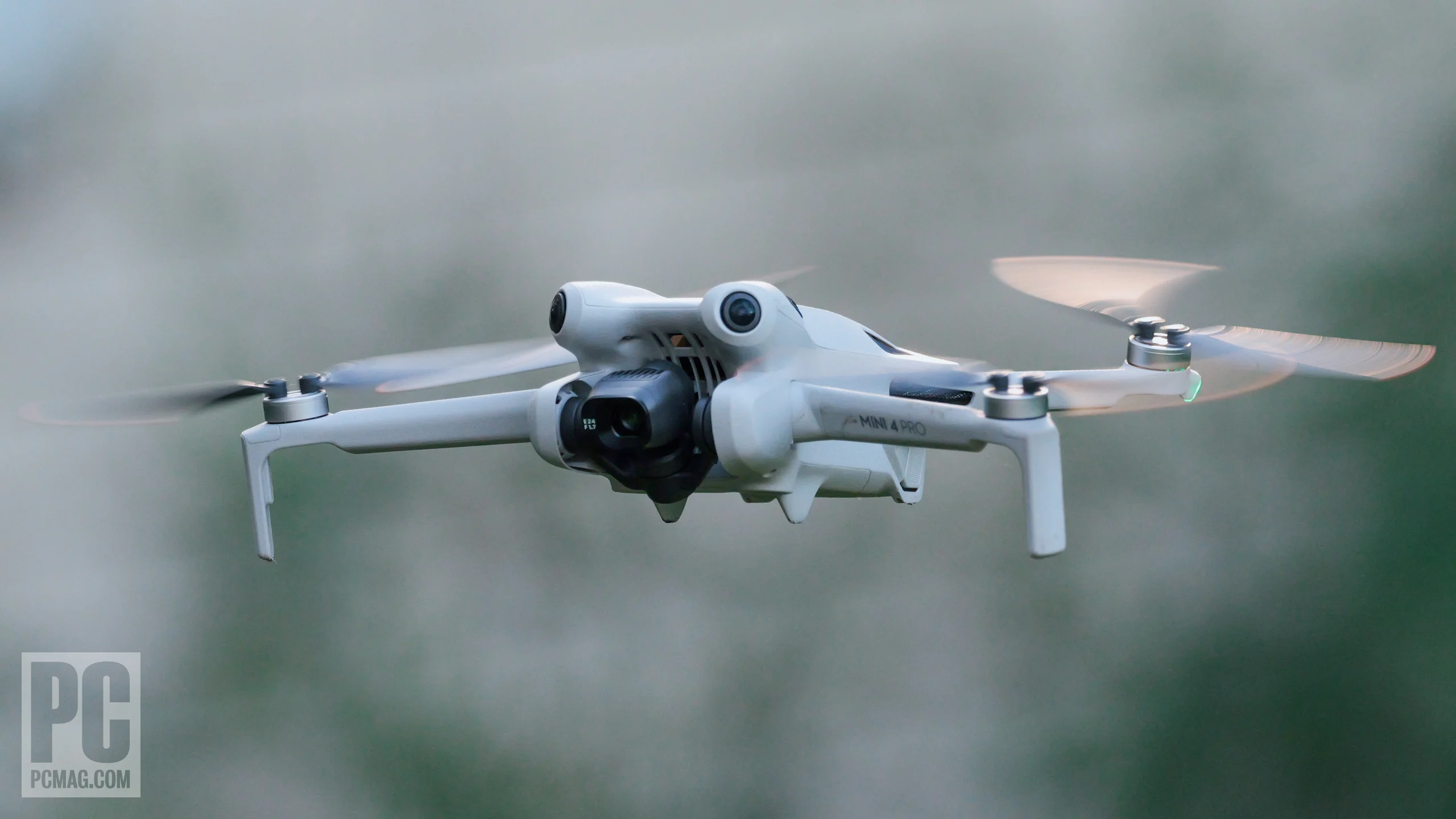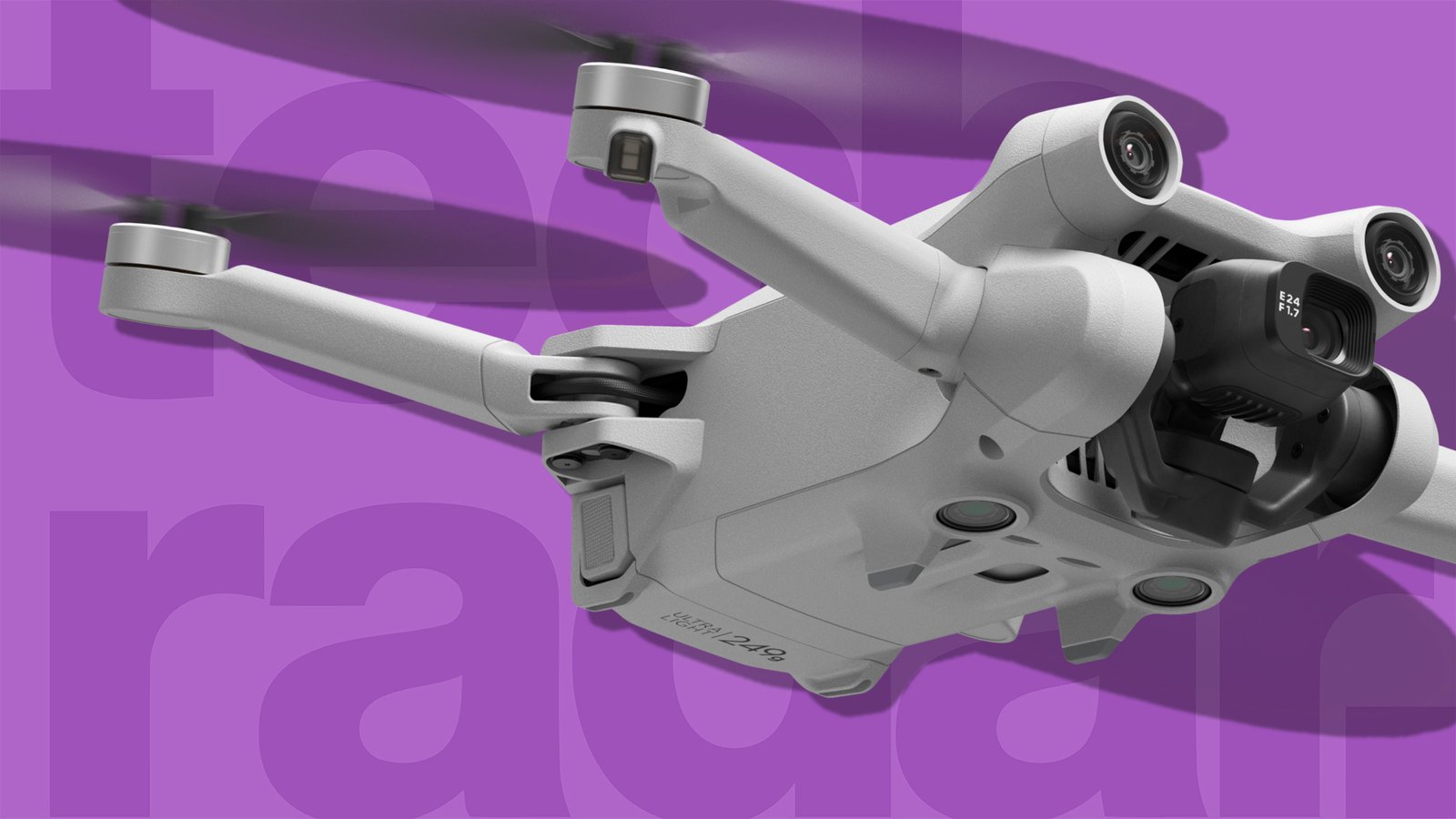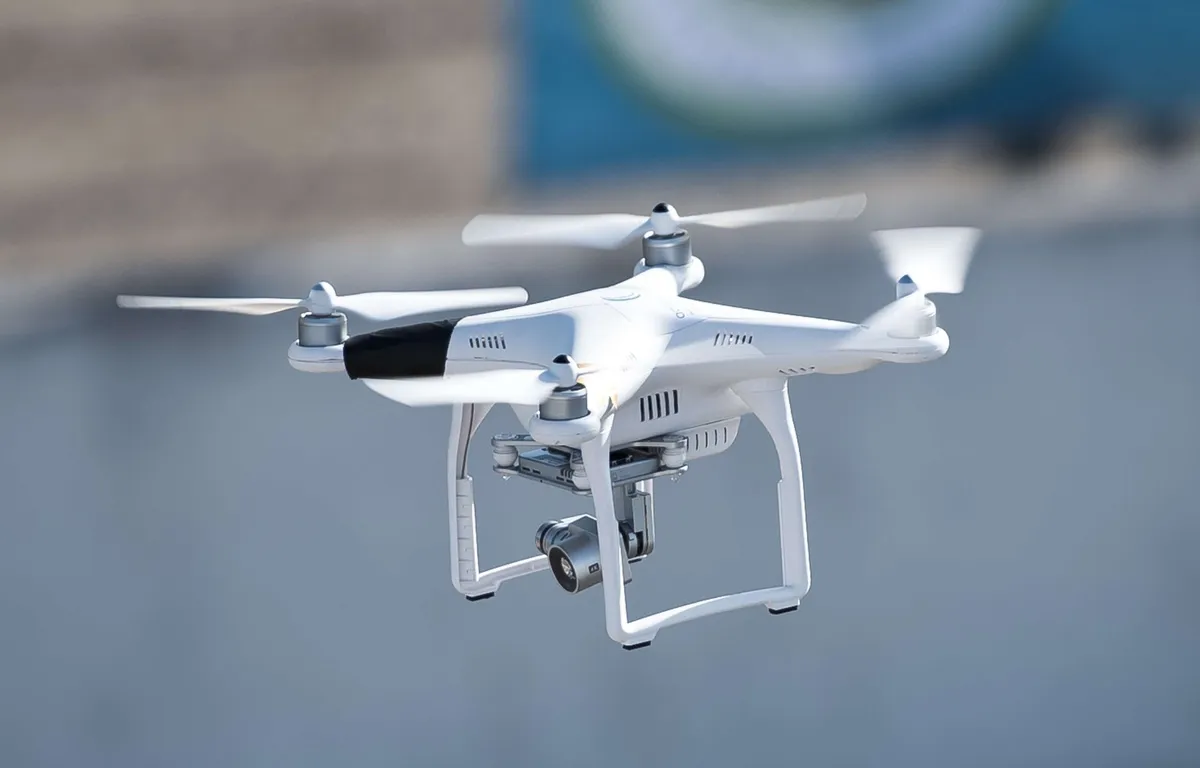In the modern era, drones have transcended their once-novel status to become integral tools in various industries and everyday life. From capturing breathtaking aerial views to revolutionizing delivery systems, drones have seamlessly integrated into society, offering limitless possibilities. In this article, we delve into drones, exploring their diverse applications, technological advancements, regulatory challenges, and prospects.
The Evolution of Drones
Drones, formally known as unmanned aerial vehicles (UAVs), have evolved remarkably since their inception. Initially developed for military purposes, drones have evolved to cater to civilian needs, with technological advancements driving their transformation. From basic quadcopters to sophisticated autonomous aircraft, the progression of drones showcases the relentless pursuit of innovation in the fields of robotics and aviation.
Applications Across Industries
The versatility of drones enables their deployment across a multitude of industries, revolutionizing traditional practices and enhancing efficiency. In agriculture, drones equipped with advanced sensors facilitate precision farming techniques, optimizing crop management, and monitoring crop health. Similarly, in construction and infrastructure development, drones aid in surveying, mapping, and inspecting sites, reducing costs and enhancing safety.
In the realm of entertainment and media, drones have become indispensable tools for capturing stunning aerial footage in films, commercials, and documentaries. Moreover, drones have found utility in emergency response scenarios, facilitating search and rescue missions, disaster assessment, and the delivery of medical supplies to remote areas.
Technological Advancements
The rapid pace of technological advancements has propelled drones to new heights, both figuratively and literally. Innovations in battery technology have extended flight durations, enabling drones to cover longer distances and operate in challenging environments. Additionally, improvements in propulsion systems and aerodynamics have enhanced manoeuvrability and stability, making drones more agile and responsive.
One of the most significant advancements in drone technology is the integration of artificial intelligence (AI) and machine learning algorithms. AI-powered drones can analyze vast amounts of data in real-time, enabling autonomous navigation, object detection, and decision-making. This capability unlocks a myriad of applications, including surveillance, infrastructure inspection, and environmental monitoring.

Regulatory Challenges
Despite their potential benefits, drones pose unique regulatory challenges concerning safety, privacy, and airspace management. Governments worldwide have implemented regulations to mitigate risks associated with drone operations, including registration requirements, flight restrictions, and licensing procedures. However, the evolving nature of drone technology necessitates continuous updates to regulatory frameworks to ensure compliance and address emerging concerns.
Privacy remains a primary concern, as drones equipped with cameras can intrude upon individuals’ rights and capture sensitive information. Striking a balance between innovation and privacy protection requires robust legislation and ethical guidelines governing drone use. Moreover, ensuring the safety of airspace amidst increasing drone traffic necessitates the development of air traffic management systems and collision avoidance technologies.
Environmental Impact
While drones offer numerous benefits in terms of efficiency and accessibility, their widespread adoption raises concerns about environmental sustainability. The manufacturing process of drones, coupled with the energy consumption during operation, contributes to carbon emissions and resource depletion. Additionally, the disposal of damaged or obsolete drones poses environmental challenges, necessitating the implementation of recycling and waste management strategies.
Despite these challenges, drones also present opportunities to mitigate environmental degradation through applications such as wildlife monitoring, forest conservation, and environmental research. By providing valuable data on ecosystems and natural phenomena, drones empower scientists and conservationists to make informed decisions and implement targeted interventions for environmental preservation.
Future Prospects
Looking ahead, the future of drones is brimming with possibilities, fueled by ongoing technological innovations and expanding applications. Advancements in AI, robotics, and sensor technology will further enhance the capabilities of drones, enabling them to perform complex tasks with greater autonomy and efficiency. From urban air mobility and drone delivery services to planetary exploration and beyond, drones are poised to reshape industries and redefine human capabilities.
However, realizing this potential requires concerted efforts from stakeholders across government, industry, and academia to address regulatory, ethical, and environmental challenges. By fostering collaboration and innovation, we can harness the transformative power of drones to create a more sustainable, interconnected, and prosperous future for humanity.
In conclusion
drones represent more than just flying machines; they symbolize the convergence of technology, imagination, and ingenuity. As we navigate the evolving landscape of drone technology, let us embrace its potential to inspire, innovate, and propel us toward a brighter tomorrow.
Internal link: ragdi.com










